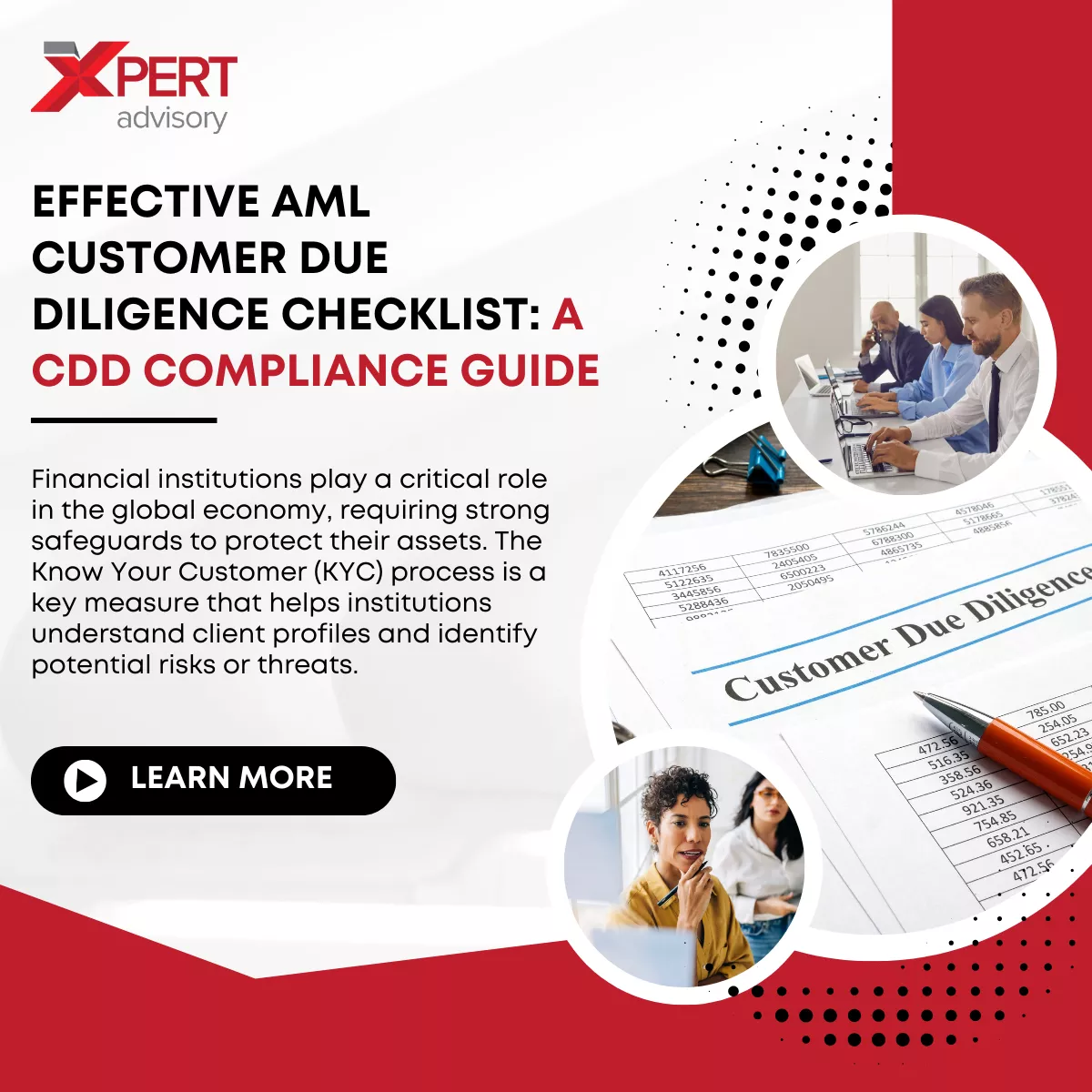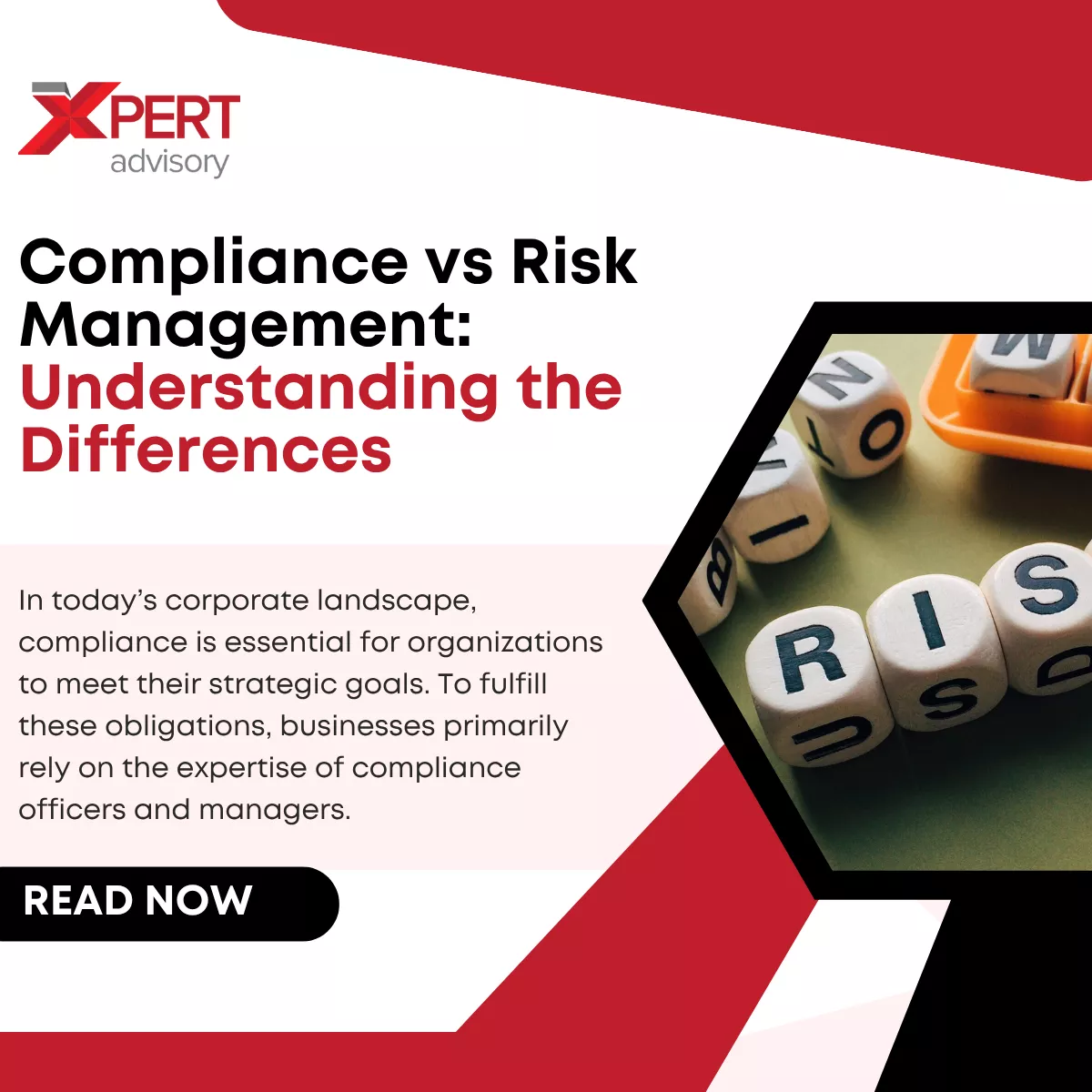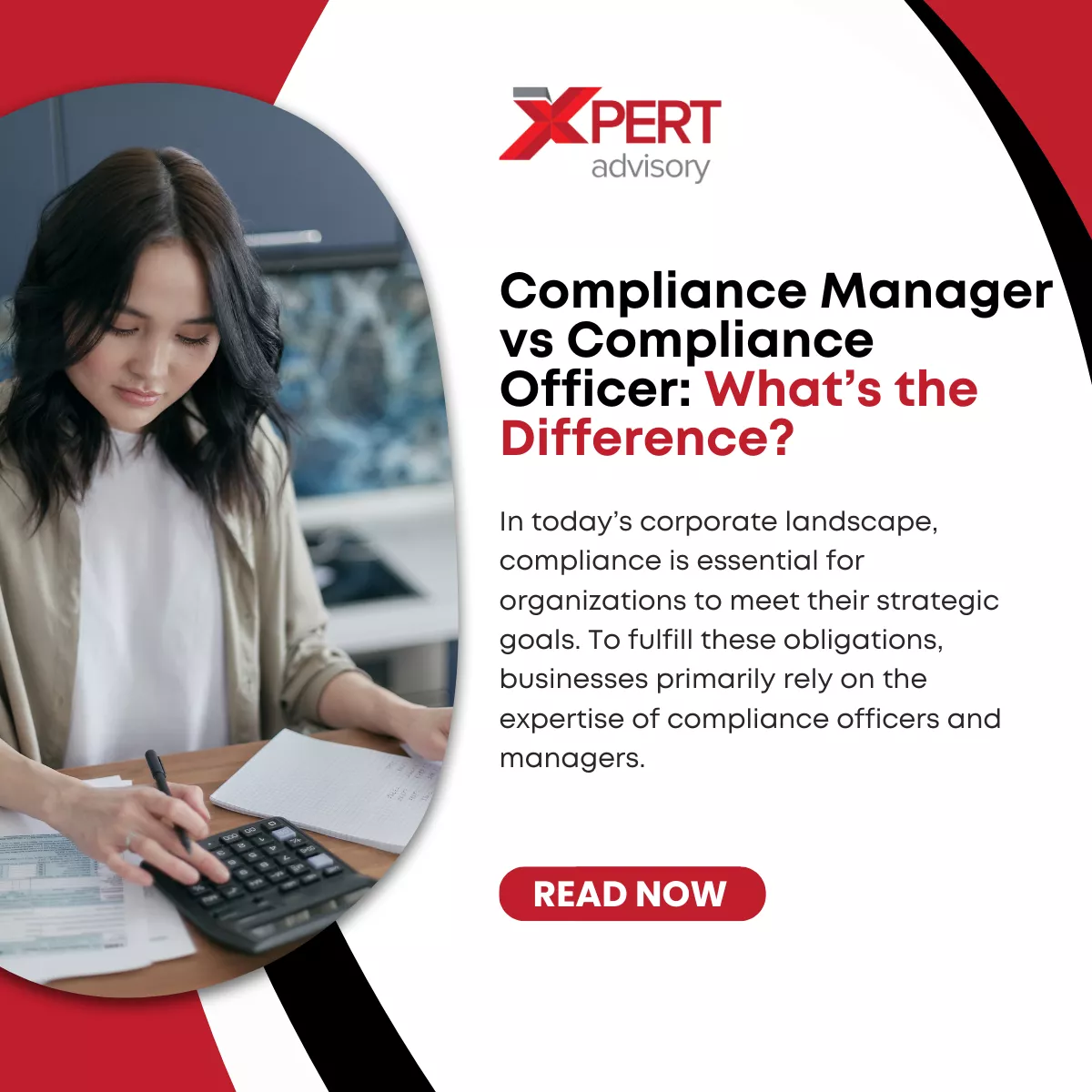Financial institutions maintain essential roles throughout the global economy, which demands heightened attention to protect their resources. A know your customer (KYC) process represents a vital step for understanding client profiles while spotting possible threats or risks. This process depends on customer due diligence solutions for its successful implementation. Therefore, knowing the key components of CDD requirements is essential. In this guide, we’ll discuss the AML customer due diligence checklist that will help you ensure compliance when serving customers.
What is the Customer Due Diligence Process?
When performing the Customer Due Diligence process, organisations must validate customer activities through complete legitimacy verification. The activity demands verification of client-supplied information to check legal authenticity and factual correctness.
The CDD meaning stays unchanged, yet procedures differ according to industry demands. There are 3 types of Customer Due Diligence, which are simplified due diligence, standard due diligence. and enhanced DD.
Business operations must perform KYC and CDD to reduce financial crime risks, which include ML/FT and PF. This comprehensive procedure functions as a base to comply with regulatory requirements and establish credibility across the business world.
What are UAE AML/CFT Regulations for CDD?

UAE has established a comprehensive AML framework and regulations to fight financial crimes that include money laundering, financial terrorism and proceeds of fraud. Federal laws containing international standards from the Financial Action Task Force (FATF) represent one part of UAE’s strong regulatory body.
The regulated authorities in the UAE use different guidelines that function as secondary rules to help implement effective measures while supporting the main regulations of AML.
The UAE’s regulatory framework necessitates CDD measures on every customer onboarding. CDD follows the FATF recommendation No. 10 guidelines that mandate organisations to perform comprehensive client verification. The procedure requires customers to show beneficial ownership information together with identity verification.
DNFBPs must implement ongoing due diligence measures to analyse and combat risk associated with a customer according to the risk-based procedures set by anti money laundering or terrorist financing organisations.
Role of CDD in AML Regulatory Framework
CDD stands as a vital requirement for reporting entities under UAE’s regulatory framework, where they perform complete examinations to verify the identity of customers and execute risk assessments. Proper CDD procedures enable reporting entities to assess risks by different customer types so they can select suitable measures that reduce those levels of risk.
Moreover, the CDD process established by the UAE’s regulatory framework enables reporting entities to manage money laundering/fraud and predicate fraud threats when performing customer identification activities with new and existing clients. CDD serves to assist financial institutions in preserving regulatory compliance and protecting them from emerging financial crimes.
What are the Requirements for Customer Due Diligence?
Customer Due Diligence (CDD) serves as the base requirement for business compliance structure development. Authorised regulatory authorities have established necessary documentation and procedural guidelines as part of their mandatory steps for performing comprehensive due diligence.
Failure to comply with these requirements serves both a legal purpose and creates critical risk reduction benefits against money laundering, fraud and financial crimes. Key customer due diligence requirements include:
- Assessing Customer Identity
Organisations must start by properly verifying customer identification data. This stands as an essential requirement. All businesses need to request official identification proofs from customers, which include passports and national IDs alongside driver’s licenses for verification. The assessment of customer risk profiles helps protect against identity theft and fraud while establishing their genuine identity.
- Identify Business Nature
To conduct proper business assessments, companies need to fully understand the extent and characteristics of their customer’s operations. A company needs to understand its customer’s business through analysis of its industrial sector and the products along with their market segmentation. The provided information enables businesses to determine both the legal standing of the company and its credibility.
- Verifying Source of Funds
All organisations must check the authenticity of customer funds to establish their financial legitimacy. The funds require legitimation while proving that they originated from lawful sources free of money laundering involvement.
- Performing Risk Assessment
Assessing customers or the nature of the business relationships is an essential step. The risk assessment process includes the evaluation of customer location, their industrial sector, their transaction patterns, and their affiliation with politically exposed persons (PEP). The risk assessment system aids businesses in deciding which level of examination procedures should take place.
- Conducting EDD
Businesses require Enhanced Due Diligence (EDD) procedures for all entities presenting higher identified risk levels. The process requires organisations to perform an in-depth evaluation of customer relationships and background information alongside their financial operations. Financial crime prevention becomes stronger because EDD establishes another defence system.
Customer Due Diligence Checklist for Anti Money Laundering – The CDD Process
Establishing an AML Customer Due Diligence checklist becomes essential for systematic checks on customer identity verification while examining their financial operations as well as risk evaluation. The following CDD checklist/process provides financial enterprises and other businesses with a detailed protocol to follow:

- Customer Identification and Verification
- Obtain the necessary details, which include the customer’s full name and date of birth, as well as residential address.
- Businesses must obtain official identification papers comprising a passport and national ID card in addition to a driver’s license.
- Check whether the presented documents are genuine and authentic.
- Businesses should acquire company certificates alongside complete business descriptions when serving corporate clients.
- Beneficial Ownership
- Necessary procedures must identify all corporate entity owners who have control and ownership over 25% of corporate voting powers and corporate shareholding.
- The process of authenticating beneficial owners needs to use the same stringent procedures that apply to authenticating individual customers.
- Businesses need to understand their relationships by identifying both the nature and purpose at hand.
- Establish the preferred business connection type between your company and its customers.
- The purpose behind the utilised accounts and services needs full understanding.
- Review both the anticipated level and form of business operations, including types of transactions and frequency and number of interactions.
- Risk Assessment
- A risk assessment must be performed by taking into account customer information in combination with business activities and the countries involved.
- The risk-based classification of customers into low, medium, and high categories will determine the extent to which due diligence needs to be performed.
- Enhanced Due Diligence Measures for High-Risk Customers
- EED needs to be conducted on all high-risk categories, including politically exposed people and nations.
- Additional research about the origin of funds and wealth needs to be collected and reviewed thoroughly.
- Senior management must review and authorise relationships when organisations decide to maintain or create such business associations.
- Ongoing Monitoring and Review
- Businesses must implement ongoing monitoring of customer transactions and their activities.
- Verify customer identities upon setting triggered events to detect any major alterations in their operational profile or financial activities.
- Organisations should conduct periodic updates of customer data while performing routine assessments of their risk parameters.
- Record-Keeping
- The organisation must maintain detailed documentation that includes every CDD-related document and obtained information.
- The records must exist in such a manner they can be accessed during regulatory audits.
- Compliance and Reporting
- The organisation needs to develop notification procedures regarding suspicious activities, which require contacting relevant authorities according to national regulations.
- Customer due diligence checks require continuous updates with emerging anti-money laundering regulatory requirements and international sanction lists.

- Training and Awareness
- Staff members require training for CDD needs together with practices to identify and handle risky customers and suspicious conduct.
- Organisations should create a continuous culture of compliance to maintain the integrity of their operations.
Challenges in Implementing Effective Customer Due Diligence Checks
The evolutionary development of customer due diligence procedures introduced multiple advantages but produced fresh obstacles for the business world. The implementation of effective CDD faces difficulties regarding finding the correct measures to balance regulatory standards with customer satisfaction. Organisations need to design enhanced customer due diligence, which delivers both regulatory compliance and a user-friendly system for potential clients to maintain positive customer experiences.
The procedure of managing complicated ownership structures creates substantial difficulties for businesses. Organisations must undertake lengthy processes to determine who controls a corporate entity when conducting CDD. The determination of beneficial ownership becomes complicated for companies because they need to follow diverse ownership structures spanning multiple jurisdictions.
The persistent difficulty businesses face stems from their need to track changing regulations at breakneck speed. Financial systems must implement updated guidelines issued by regulatory authorities who react to financial threats and shifts in geopolitics. Businesses need dedicated commitment to compliance to maintain awareness about regulatory changes and changing internal procedures.
Moreover, the distribution of resources plays an essential role, among other factors. Executing an effective CDD checklist requires organisations to allocate funds toward technology acquisition along with staff education combined with continuous monitoring systems.
Final Words
The AML Customer Due Diligence checklist serves as an essential business tool for attaining compliance rules while reducing financial crime threats and building customer trust. Complex regulations and multiple compliance requirements pose difficulties for businesses when determining risk assessment frameworks.
No worries! Our Xpert Advisory team assists in such matters. We provide industry-leading AML compliance consultancy services to help businesses conduct CDD procedures and carry out customer risk assessments and regulatory compliance while optimising their operational efficiency. Contact us today to optimise your campaign strategy while protecting your organisation from financial crime risks.
FAQs
What Type of Punishment Exists for Organisations that Fail to Execute AML CDD?
Businesses that fail to follow AML regulations will face expensive penalties as well as legal consequences and damage their reputation, which can ultimately result in the closure of the business.
What Steps Can Businesses Take to Automate their Customer Due Diligence Measures?
Companies can enhance their AML compliance through automated software systems together with artificial intelligence solutions to simplify identity authentication risk assessment and transaction surveillance operations.
What Steps Businesses Need to Comply with International AML Standards in their CDD Operations?
Businesses need to follow the rules established by FATF and FinCEN along with EU AML directives while keeping policies current and conducting employee training about compliance.






